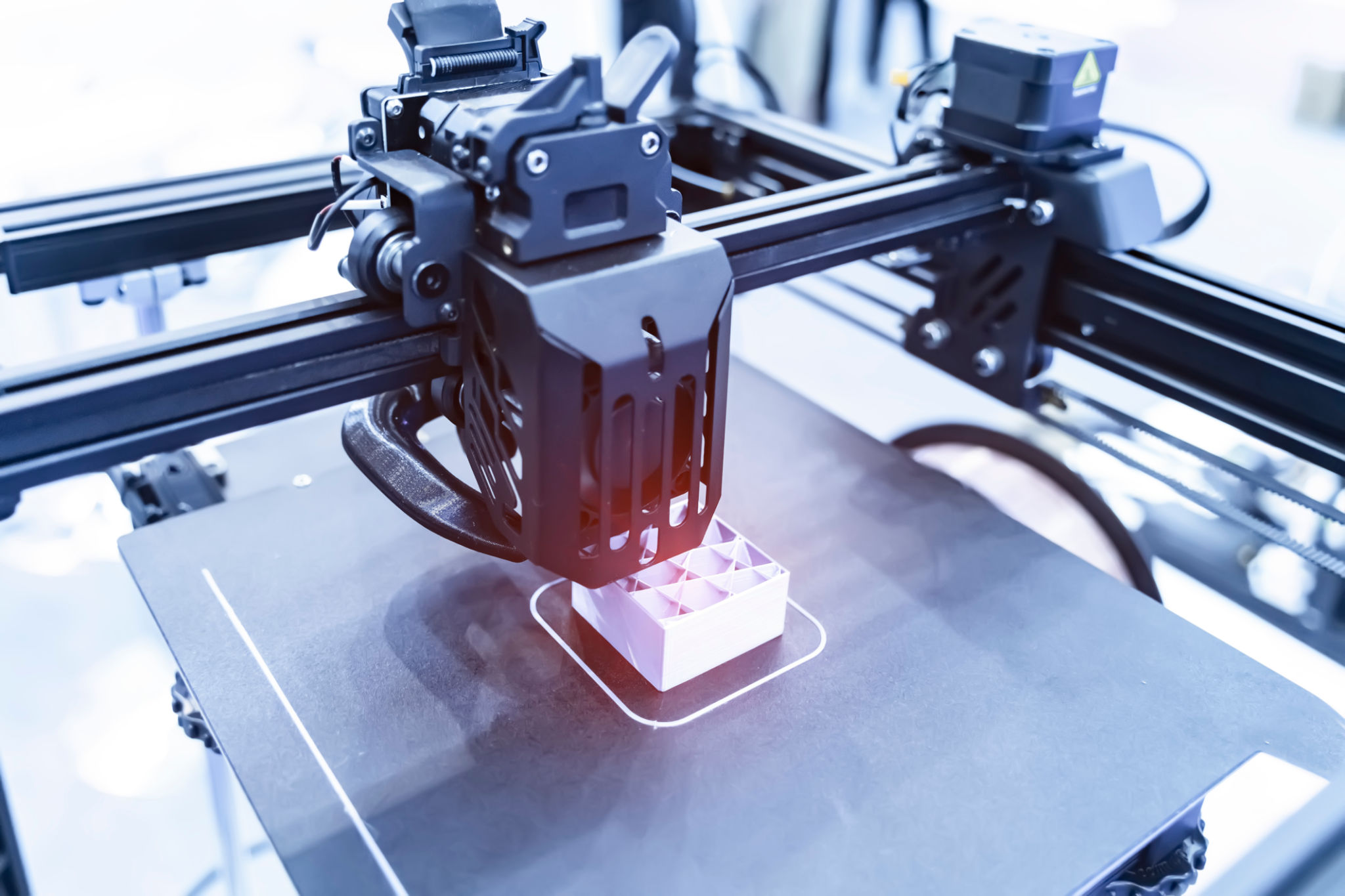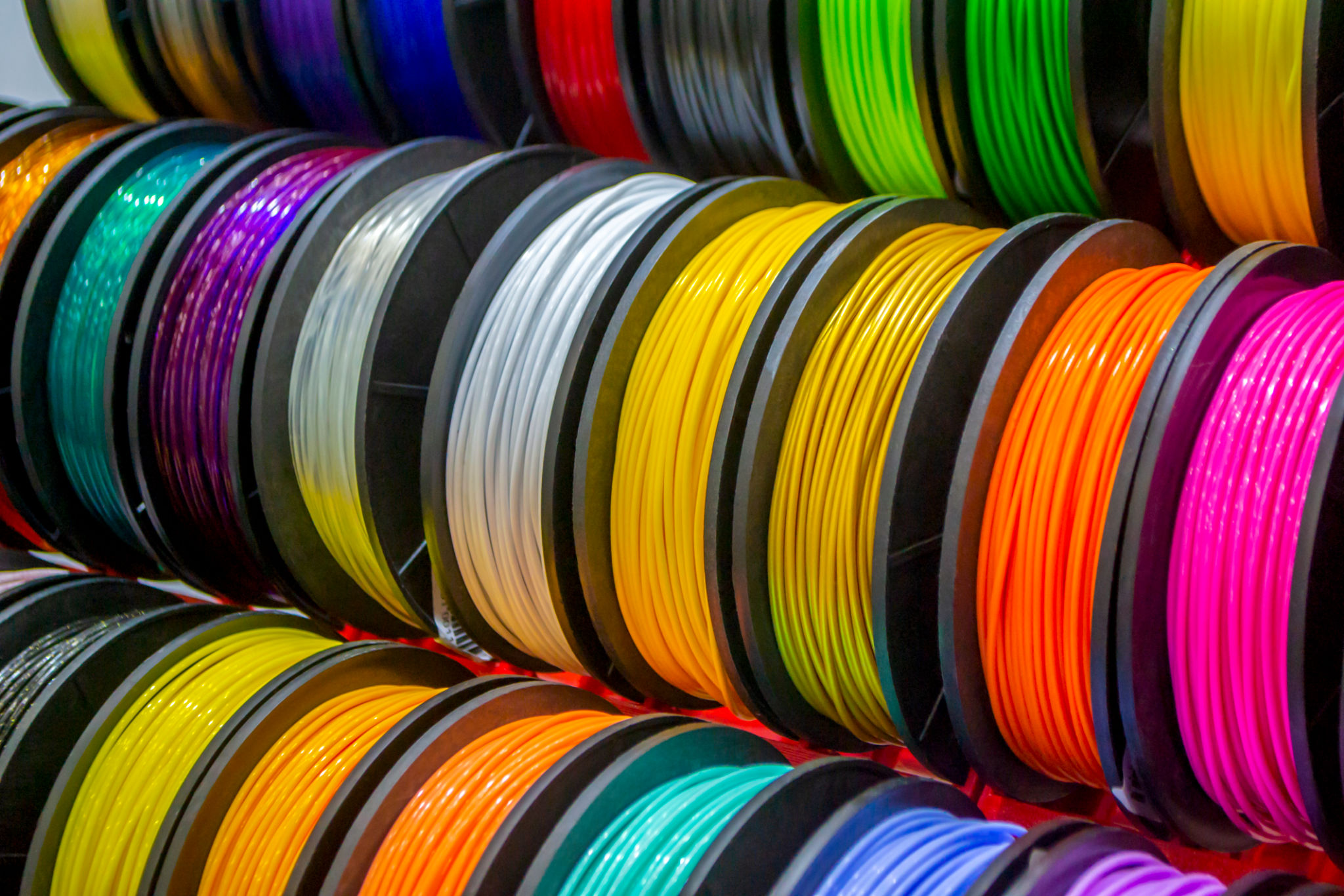Rapid Prototyping with 3D Printing: A Guide for Designers in South Elgin
Understanding Rapid Prototyping
In the ever-evolving field of design, rapid prototyping has become an essential tool for designers, especially in areas like South Elgin, where innovation is thriving. This process allows designers to quickly create physical models of their concepts using 3D printing technology. By doing so, they can evaluate the design, test functionalities, and make necessary adjustments before moving into production. This not only saves time but also reduces costs significantly.
Rapid prototyping with 3D printing offers designers the opportunity to experiment with various materials and design iterations without the need for traditional manufacturing tools. This flexibility is invaluable in a creative environment where ideas need to be tested swiftly. As a result, designers can focus more on refining their concepts and less on the logistical challenges of model creation.

Advantages of 3D Printing in Prototyping
Speed and Efficiency
One of the primary advantages of using 3D printing for prototyping is its speed. Traditional prototyping methods can take weeks or even months to produce a single model. In contrast, 3D printing can produce a complex design in just a few hours. This rapid turnaround enables designers in South Elgin to iterate quickly and bring their ideas to life faster than ever before.
Cost-Effectiveness
3D printing is also highly cost-effective. By eliminating the need for expensive mold-making and tooling, designers can create prototypes at a fraction of the cost of traditional methods. This affordability allows even small design firms or individual creators to test their ideas without significant financial risk.

Materials and Techniques
The versatility of 3D printing doesn't stop at rapid production; it extends to the wide range of materials and techniques available. Designers can choose from plastics, metals, resins, and even ceramics to suit their specific project needs. Each material offers unique properties that can enhance the functionality or aesthetic of the prototype.
Moreover, various 3D printing techniques, such as Fused Deposition Modeling (FDM), Stereolithography (SLA), and Selective Laser Sintering (SLS), provide additional options for achieving desired results. Understanding these techniques is crucial for designers aiming to optimize their prototyping process.

Steps for Successful Prototyping
To make the most out of rapid prototyping with 3D printing, designers should follow a structured approach:
- Conceptualization: Clearly define the design objectives and requirements.
- Design: Use CAD software to create detailed models of your concept.
- Material Selection: Choose appropriate materials based on function and aesthetics.
- Printing: Set up your 3D printer with the selected material and print your model.
- Evaluation: Test the prototype for performance and make any necessary adjustments.
Challenges and Considerations
While rapid prototyping with 3D printing offers numerous benefits, designers should be aware of potential challenges. These include limitations in material strength compared to traditionally manufactured products and potential issues with resolution and detail in complex designs. Understanding these limitations is crucial for setting realistic expectations.
Furthermore, it’s important for designers in South Elgin to stay updated with advancements in 3D printing technology. Regularly attending workshops or networking events can provide valuable insights into new techniques and materials that could improve their prototyping process.

The Future of Prototyping
The future of rapid prototyping with 3D printing is incredibly promising. As technology continues to advance, we can expect even faster production times, improved material options, and greater precision in printed models. For designers in South Elgin and beyond, staying ahead of these trends will be key to maintaining a competitive edge in their field.
In summary, rapid prototyping with 3D printing is revolutionizing the design industry by offering speed, efficiency, and cost savings. By understanding the benefits and challenges associated with this technology, designers can harness its full potential to bring innovative ideas to reality.